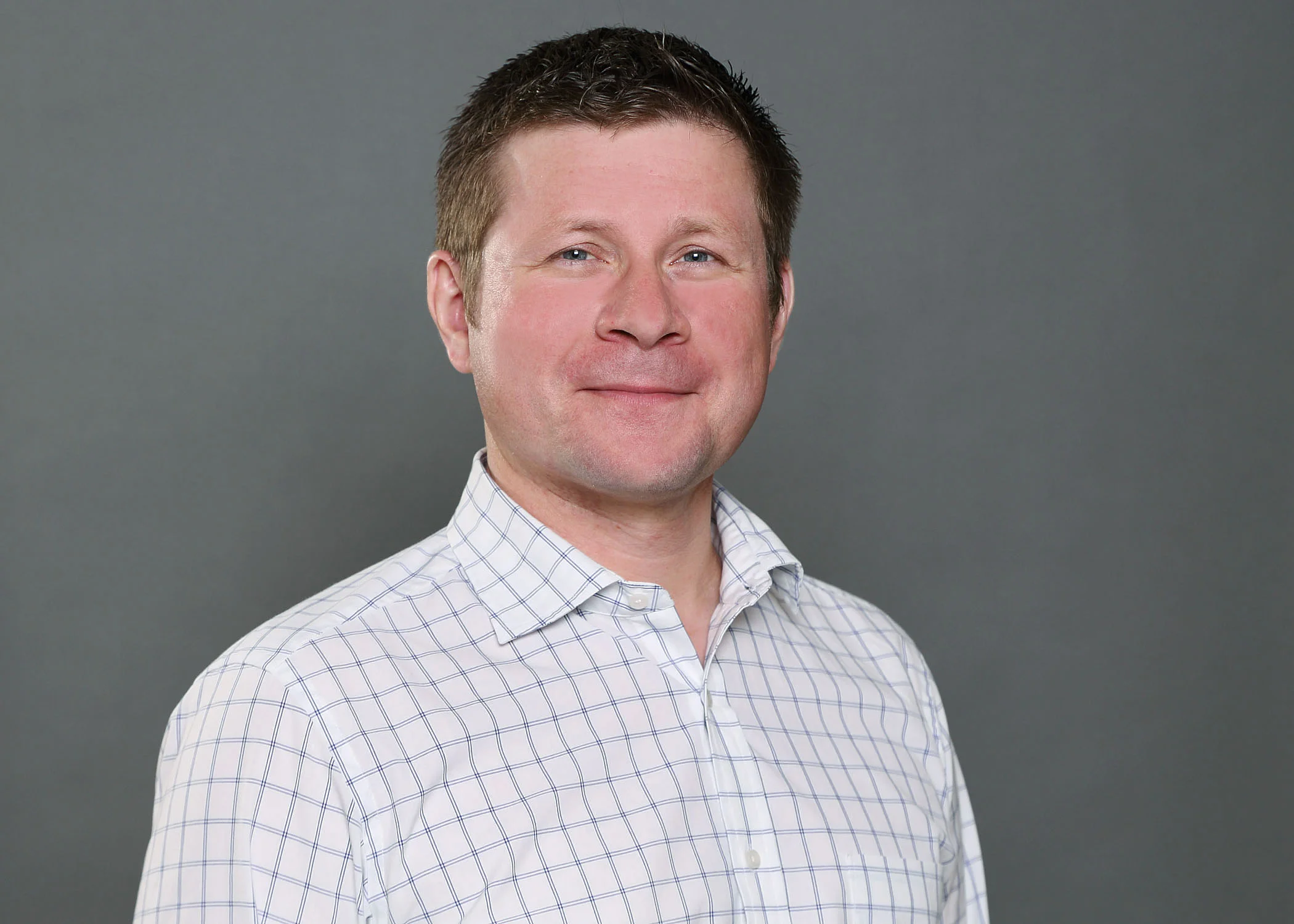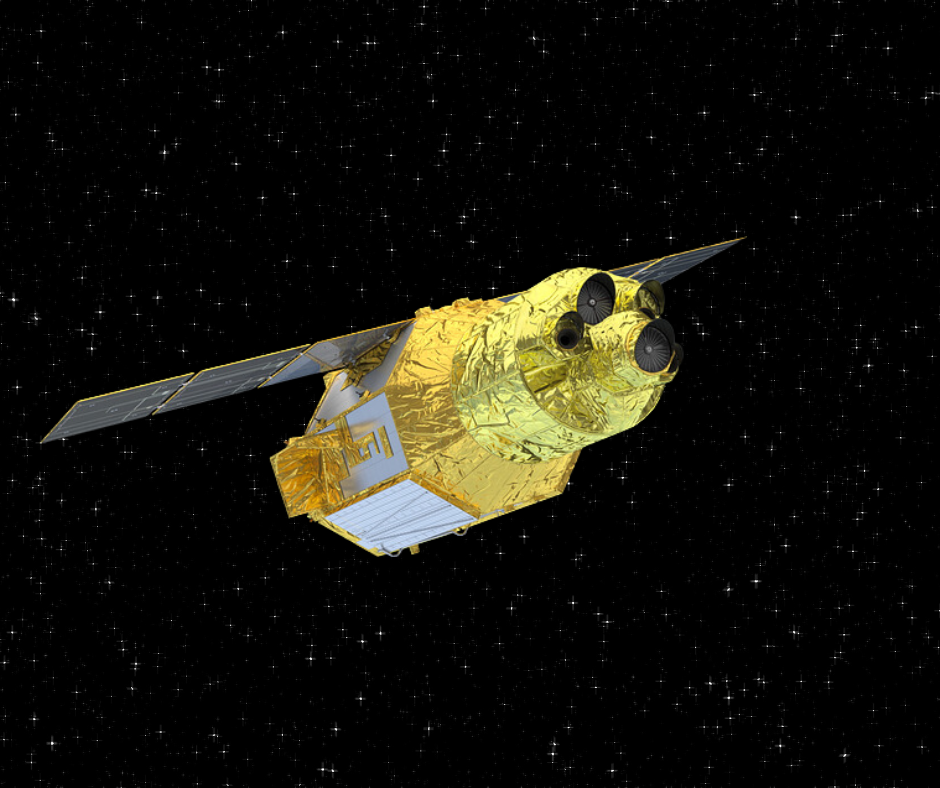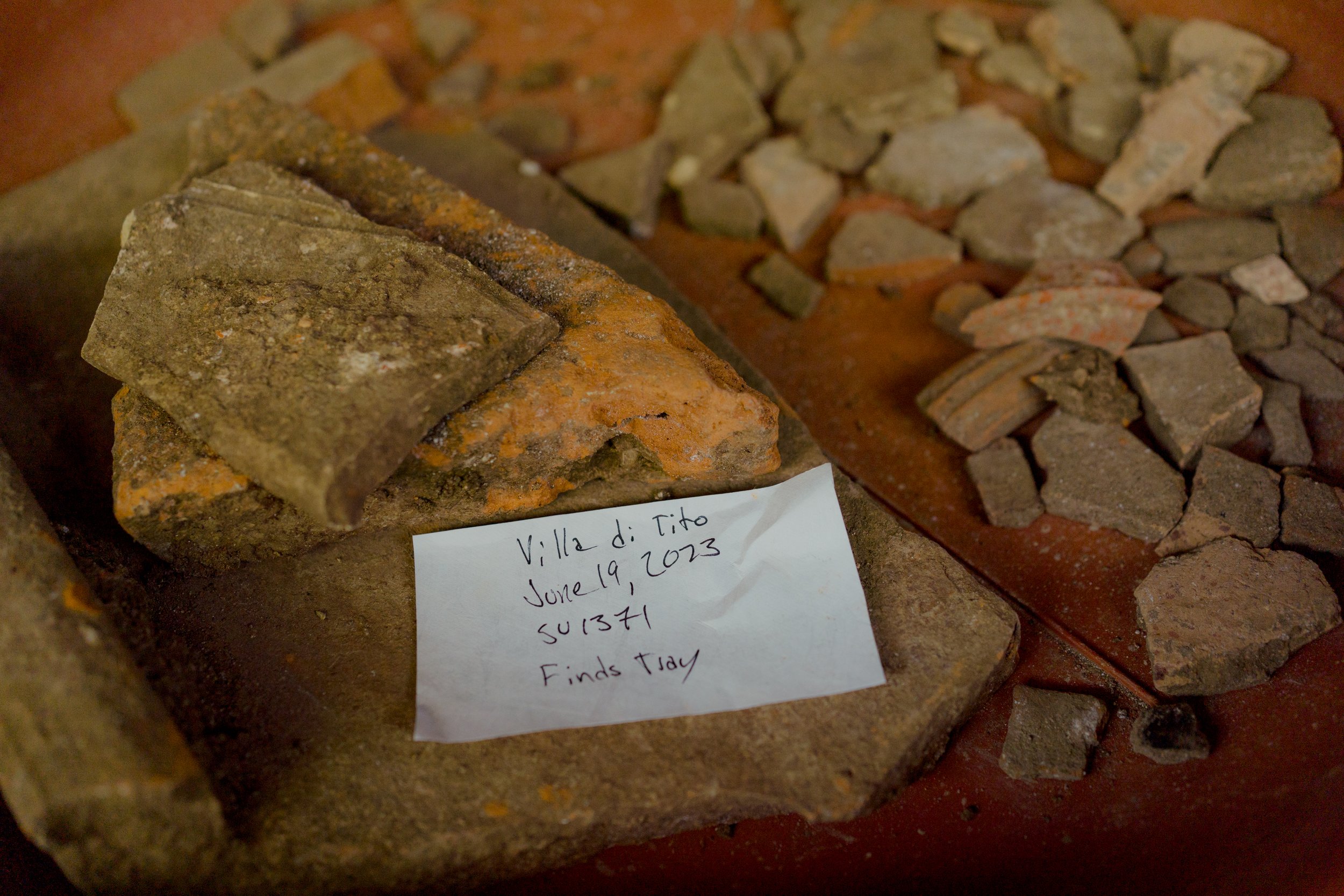Dr. Veres and his students study in great depth the structural makeup of collagen within the body to identify the unknown
Dr. Sam Veres (left) works in a research lab with Master of Science in Applied Science student Amanda Lee
What comes to mind when people think of exploration is typically outer space, or the deep ocean. But within the human body, there are many structural and functional questions that remain unanswered.
The structural makeup of collagen within the body, and how it develops and is comprised in injury and disease, is one area still under exploration. Dr. Sam Veres and his graduate students explore this topic with great depth in Biomedical Structure-Function labs.
Sam Veres
“We think hard about identifying things that are unknown, problems that persist and how we might solve them,” says Dr. Veres, interim Dean of Science and Professor in the Division of Engineering at Saint Mary’s University. “A more complete understanding of the collagen in our bodies, how it develops and how it can become structurally compromised, could lead to development of new treatments to help reduce disabling soft tissue injuries like sprains, strains, and overuse tendinopathies.”
Research and collaboration
Collagen provides structural integrity to tissues in human and animal bodies, including the skin, bones, tendons and ligaments, articular cartilage, even discs in our backs.
Dr. Veres and his lab specifically study collagen fibrils, which are tiny in size—roughly 1,000 times smaller than a human hair. The size of these fibrils is why many aspects of their development remain unknown, and why the multidisciplinary lab uses knowledge and techniques from engineering, physics, chemistry, biology and medicine to study them.
“These sorts of problems are inherently multidisciplinary, and you need to have collaborative teams that come together and work on these problems together,” says Dr. Veres.
Identifying unknowns
It’s a very exciting time in the lab, with four of its graduate students publishing results within the next year.
Kelsey Gsell is a PhD student who Dr. Veres co-supervises with Dr. Laurent Kreplak through Dalhousie University’s School of Biomedical Engineering. Her research looks at how collagen in the body respond to enzymes that help control tissue repair and renewal.
Dr. Veres is also working with master’s student Ted Lownie, whose research has shown that the specialized collagen structure of highly loaded tendons like the Achilles extends back to the earliest stages of fetal development rather than being driven by mechanical loading after birth, as previously thought.
Dr. Veres is excited to see his students take part in this innovative, multidisciplinary research and continue asking questions, and exploring in the hopes of finding answers.
“It’s really satisfying to see students go on to do other great things and take this background with them,” he says. “Seeing my students gain an appreciation for what is unknown and still to be discovered is really so wonderful.”
To learn more about Dr. Sam Veres and his graduate students’ research, visit their lab’s website at vereslab.com.
















































